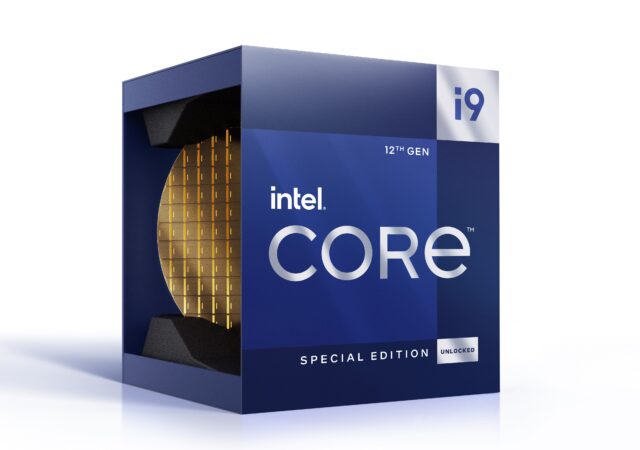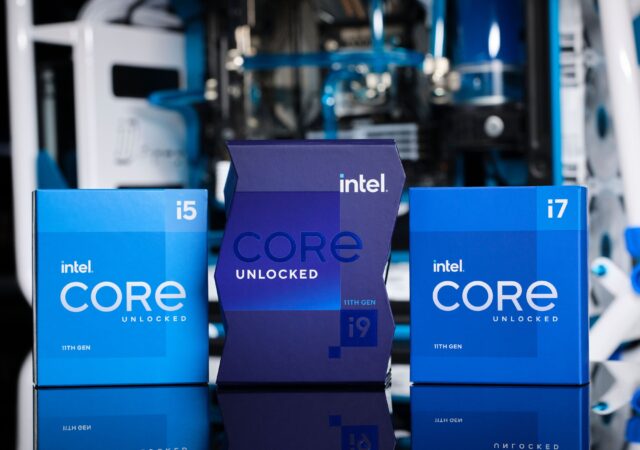Intel launches the 12th generation Core HX, the most powerful mobile workstation and professional processors at their Intel Vision 2022 event
Intel’s Core i9-12900KS is The World’s Fastest CPU at 5.5 GHz
Intel, on a recent note, has been making quite a comeback. Their competitor, AMD really wiped the floor when they introduced the 5000 series Ryzen processors that made Intel’s 10th and 11th Generation processors look like old processors. When Intel…
Intel Has Joined the Chat – The New 11th Generation Desktop Intel Core Rocket Lake Processors
Intel finally introduces their new 11th Generation Core processors code name Rocket Lake, up to 19% more powerful than before.
Intel Confirms “Rocket Lake”, 11th Generation Intel Cores for Q1 2021, with PCIe 4.0
Intel’s CEO confirms the existence of their 11th Generation Core CPUs, codenamed ‘Rocket Lake’ and touts Q1 release.






